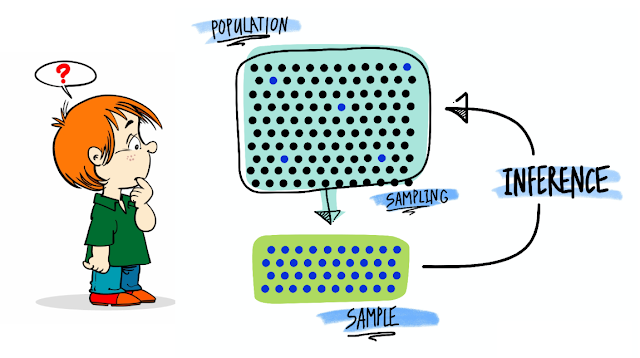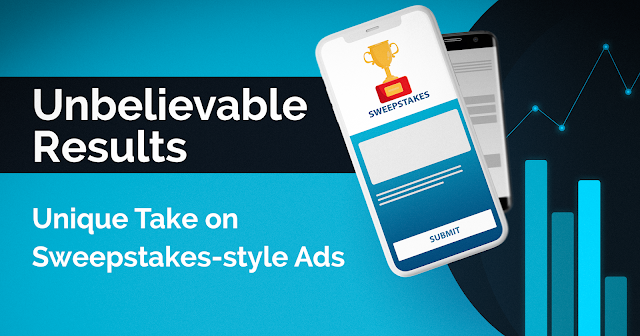The New Quest to Measure Creative Effectiveness
A great deal of concentration around the effectiveness of an ad is measured in things like how much attention and clicks it received, and what happened as a result of those clicks. But despite this methodology becoming the standard by which we measure ad effectiveness, the creative portion itself has been left in the dust.
When we talk about “measuring creatives”, a lot of attention goes into the effort it takes to produce it. How long did it take to craft the asset? What was the time spent in going from creative brief to the ultimate output?
If you asked a farmer selling oranges, “how long did it take to harvest them?” or “How much time passed from the point where the seeds were planted to where the orange trees began to grow?", he’d look at you like maybe you got hit too hard on the head with one of them.
After all, none of those things have anything to do with why people buy oranges, and yet, no one is asking the real question -- how do they taste?
 |
| Creative Effectiveness is measured by several core metrics |
Comparing Apples to Oranges
We draw parallels here because the wrong kinds of questions are being asked about creative effectiveness. While for the sake of ongoing improvement, it’s important to ask these kinds of questions, it’s nevertheless too easy to get bogged down in the data and feel like you’re making meaningful progress, when it’s really not too far removed from the data science equivalent of navel-gazing.
Have we forgotten all about the role the creatives play in measuring ad effectiveness? Or has it just been a matter of not having the right tools to measure it?
Here at Theatre Audience, we believe it’s a mixture of both. We’ve forgotten about the impact good creative can have, because creatives have become a means to an end: a vehicle with which to measure the end goal. But if you think for one minute that people aren’t paying attention to that vehicle, you’d be surprised.
In one Google study, cosmetic brand Bobbi Brown discovered that consumers are more likely to purchase a product when they feel that it portrays them in an authentic way. Prior to this finding, the company had centered around using more corporate terminology like “colors” versus “shades”, or “self-setting” foundation versus “foundation that dries”
Age and ethnic background didn’t impact the resounding desire for this kind of one-to-one connection. The appetite for “real talk” from brands is strong, and consumers are hungry for it.
And it’s not just the beauty industry that has been affected by this. Everything from foodstuffs to automobiles has fallen victim to this at some point. The good news is that there’s a better way to measure creative effectiveness, and it all starts with a question.
Enter Creative Intelligence
Creative Intelligence is a method of assigning certain values or metrics to the performance of an ad based on the creative that’s driving it. Simply asking the user “which video do you like more?” in exchange for free movie tickets or another relevant item of value to them is enough to get them engaged.
This is precisely the kind of foundation that Theatre Audience was built upon.
And although every user has their own personal preferences, as they watch each clip, valuable information is being collected in the background (with user consent, of course), and as enough data becomes available, various machine-learning algorithms are drawing conclusions and making predictions using that data.
 |
| Creative Intelligence at work, seamlessly drawing conclusions and predictions in the background |
From there, companies are now able to leverage creative in a more meaningful way. As more questions are answered, more branches that build upon those questions will invariably be asked, fostering the foundations of a testing culture that continually delivers relevant, timely information about a given audience that other forms of advertising simply can’t discern.
If you’d like to learn more about the unique advertising potential of creative intelligence and its applications in advertising, we’d love to show you a demo. Contact us today to schedule your one-on-one demonstration and see for yourself how creative effectiveness can become the new must-have metric for professionals in every industry.


